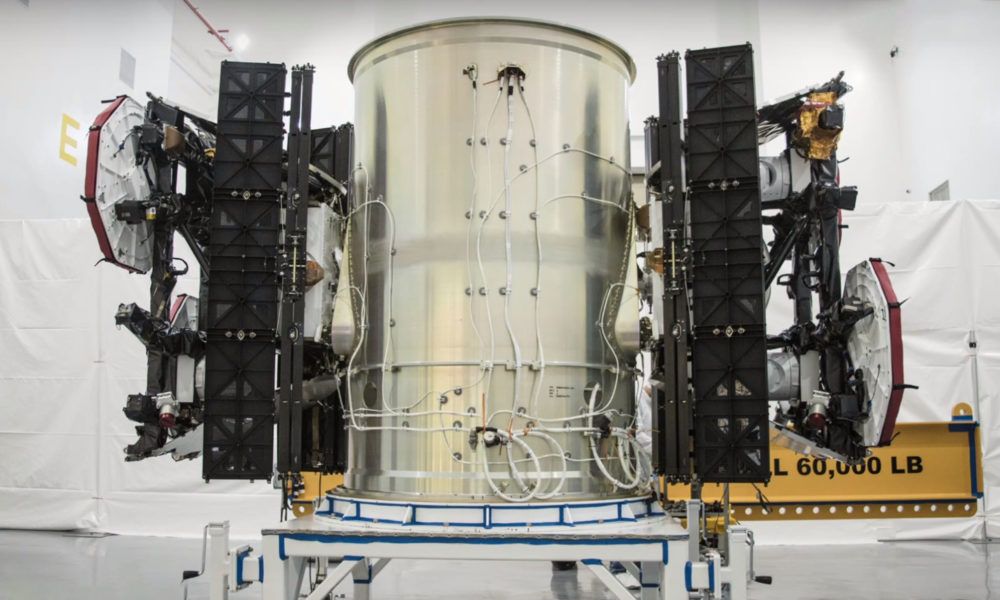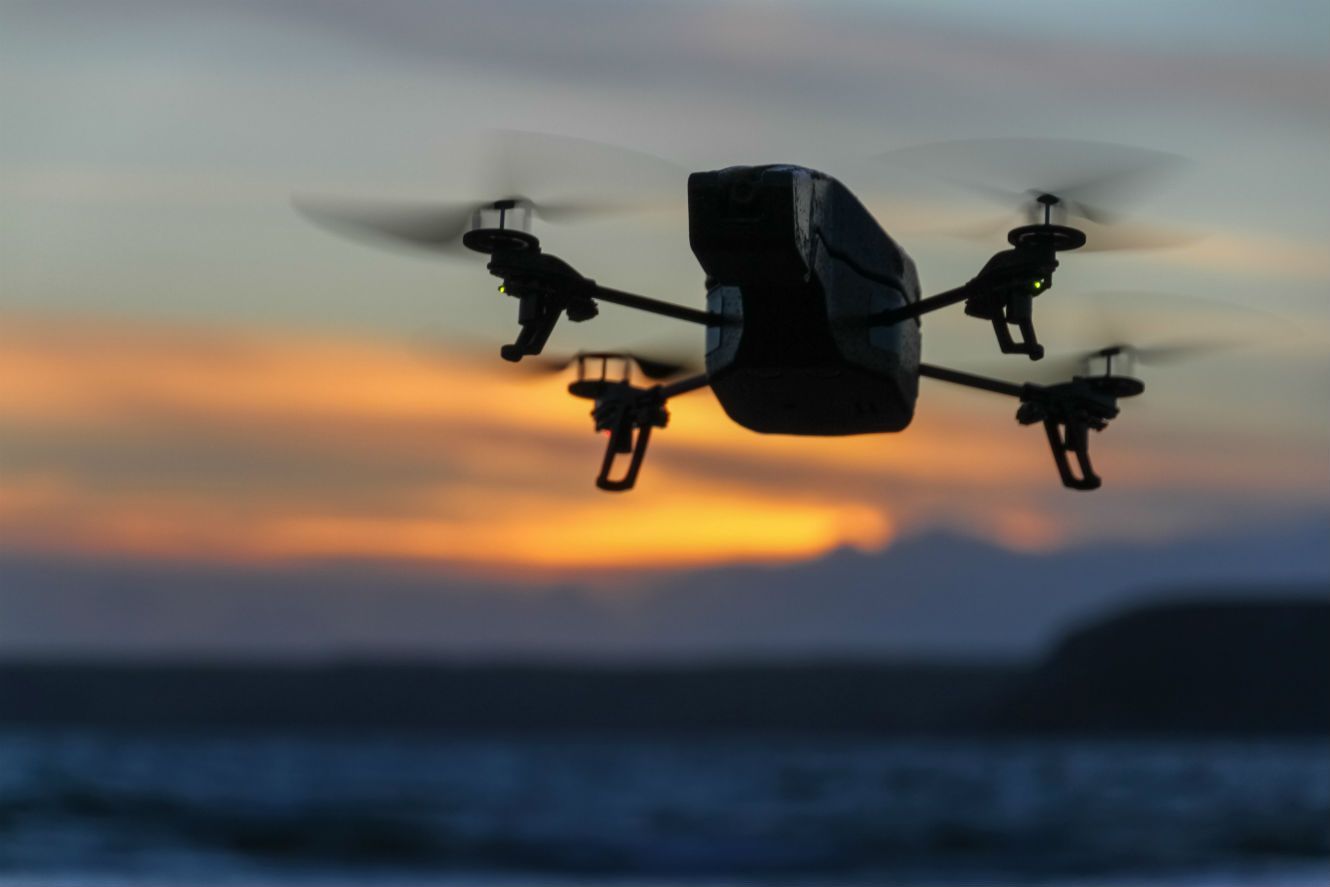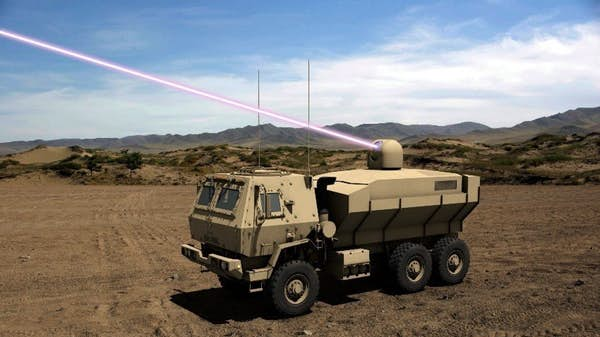Based on posts I’ve seen from techies, militarizing space is a total fail. However, space is already militarized — Nothing goes into air space without Air Force approval… ANY organization developed to “regulate” Space has the potential for corruption whether that be collaborative, international entities which always panders to herd think, or stale governmental organizations. I’m undecided on this.
The White House, Air Force and Defense Secretary James Mattis had disapproved of creating a sixth branch of the military last year.








